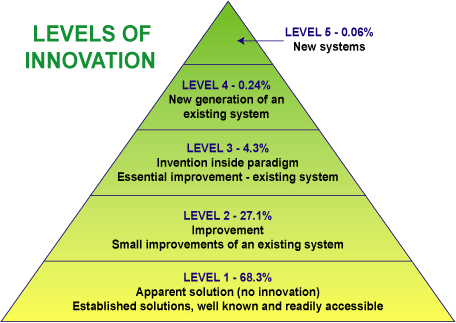
The yearly RITE conference is a must-attend on the agenda of any professional involved in all things risk management and mitigation, and sustainability in fashion and textiles. The 2011 edition indeed felt that way, and had a very clear (if officially undeclared) agenda: putting traceability into the spotlight of media, the industry and each individual professional.
And the goal was marvellously well achieved. At the time it seemed as if every major and/or relevant news outlet in the world picked up on what was championed during the conference.
This year’s RITE conference felt different. While the ‘mainstream’ is catching up with, and putting into practise – to varying degrees and at vastly differing speeds, of course – with what is available to them in terms of technological as well as conceptual knowledge related to sustainability, the ‘innovators’ have reached a (temporary?) state of stagnation: the challenges are clear, the direction as well – but there are some marvellous mountains to climb in between. How to do that?

The atmosphere was subdued at best.
Why? is the question of course, and there are a few statement during some of the sessions held that pinpoint towards what might possibly the underlying reason, as the following exchange of words demonstrates:
"Where does the RITE group want to be in 5 years' time?"
[Long silence; followed by the statement of a single individual]
"Personally, I would like to get into education. Because if we can't motivate people at a very young age, there is no point. Us here in the room might as well be the 'lost generation'."
"[...] if that is to be the case, then maybe in next year's conference, a completely different public should be attending [...]"
And indeed, the RITE conference has to a large extend managed to do what it set out to do 8 or so years ago: Create a platform where professionals dealing with sustainability in textiles can exchange and learn from their peers, and help to bring the relevant issues into the spotlight of the industry at large.
This objective has, broadly speaking, been achieved. (Of course this is still a niche, but nowhere as much as it was 7 years ago!) Yet it becomes ever clearer that there are hundreds of shades of Gray, and with every answer we find, with every supposed ‘best practise’ there is, new challenges raise to the surface.
The RITE conference, and the RITE group as a whole, now faces the challenge of redefining their leadership in order to keep the topic on the agenda, and also in order to leverage the network of experts most beneficially in order to keep, and increase, the momentum in the industry. But how? What is it that is lean enough, flexible enough and innovative enough to drive insight, innovation and change as a thought leader?
Because, as it stands, there are numerous initiatives around that do a thorough job, but are slow, large, and complex. Examples are: Higg Index (Sustainable Clothing Coalition) or the E P&L concept.
Equally there are many tiny, very efficient, but not necessarily high impact initiatives, as well as policy initiatives.
But all of these are pragmatic, geared towards exact needs of brands and retailers and their supply chain – or then towards grass roots movements targeting individuals.
The tie up of RITE group with the NICE (Nordic Initiative Clean and Ethical) is in some sense a first step into a direction that indicates where the future could be: As a group and pool of experts that see as their primary objective the launch of way finding initiatives, ideas and technologies, which are then taken up by brands and retailers, and adapted – in practice and concept – to their specific (business, supply chain) needs.
There is potential, and there is need.
The question remains: Where does the RITE group want to be in 5 years’ time?
What can be said already is: No matter where this discussion will lead the group, it is already clear at this very moment that a more democratic, and competitive, system of how the steering committee is put together needs to come into existence. Not the least in order to motivate Rite Group ‘members’ to engage beyond a merely yearly payment of GBP £50, and create an active, open, and critical debate to foster the advancement of what sustainability in fashion and textiles is all about. Because at this stage, much of it feels akin to a close group of friends with very high opinions of themselves.
This does the cause and the group as a whole no justice – and neither the majority of people sitting on the present steering committee.
As J.F. Kennedy said: "Change is the law of life. And those who look only to the past or present are certain to miss the future".
The RITE group as a track record of outstanding achievements considering the status only 7 years ago. But looking forward to its 10th anniversary in only a few years, the time is right to change and tackle the future, once again, head on.

